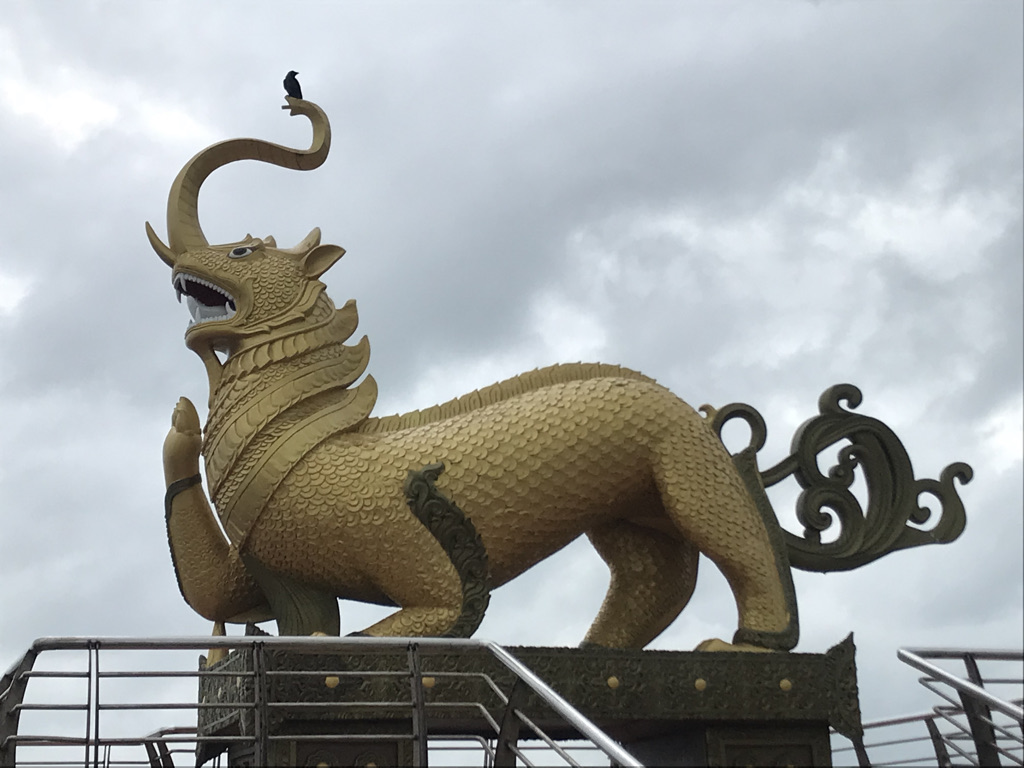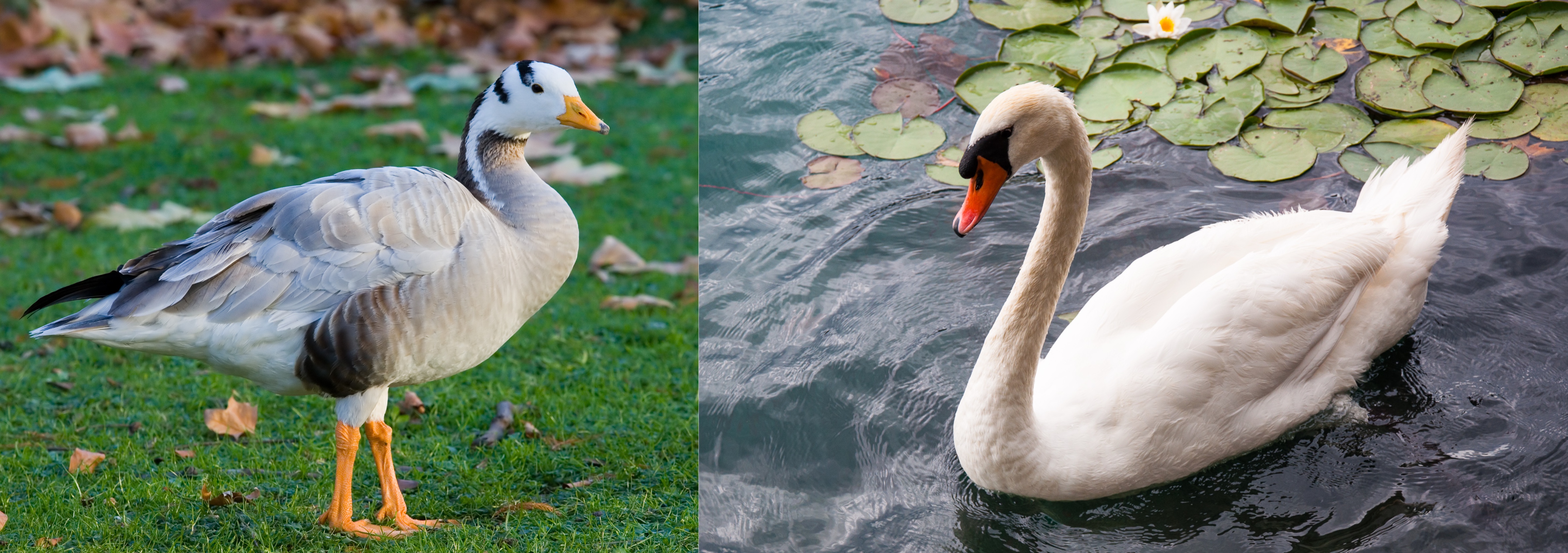|
Pyinsarupa
Pyinsarupa ( my, ပဉ္စရူပ, , also spelt pyinsa rupa; pi, pañcarūpa, ), also known as phaya luang ( th, พญาลวง), is a chimeric animal made of an elephant, bullock, horse, white carp (ငါးကြင်း) and ''tonaya'' (တိုးနရား, a mythical horned leodragon), or alternately lion, elephant, water buffalo, white carp and hamsa. The pyinsarupa is commonly featured in traditional Burmese hsaing waing orchestras, and serves as the logo of Myanmar's flagship air carrier, Myanmar Airways International. See also *Mythical creatures in Burmese folklore *List of hybrid creatures in folklore *Hatsadiling *Nawarupa *Makara ''Makara'' ( sa, मकर, translit=Makara) is a legendary sea-creature in Hindu mythology. In Hindu astrology, Makara is equivalent to the Zodiac sign Capricorn. Makara appears as the vahana (vehicle) of the river goddess Ganga, Narmada, a ... References {{reflist Mythological hybrids Burmese legendary creature ... [...More Info...] [...Related Items...] OR: [Wikipedia] [Google] [Baidu] |
Hsaing Waing
The ''hsaing waing'' ( my, ဆိုင်းဝိုင်း, ; also spelt ''saing waing''), commonly dubbed the Burmese traditional orchestra (မြန်မာ့ဆိုင်း), is a traditional Burmese folk musical ensemble that accompanies numerous forms of rituals, performances, and ceremonies in modern-day Myanmar (Burma). ''Hsaing waing'' musicians use a hemitonic and anhemitonic scale similar to the one used by Indonesian gamelan musicians. The ensemble's principal instruments, including the ''pat waing'', ''kyi waing'', and ''hne'', each play variations on a single melody (heterophony). Origins The ''hsaing waing'' is the product of indigenous musical traditions, enriched with contact with a diverse array of musical traditions in neighboring Southeast Asian societies. The ''hsaing waing'' ensemble's principal instrument, a drum circle called ''pat waing'', continues to use Indian drum-tuning methods, and is considered the last remaining vestige of Indian inst ... [...More Info...] [...Related Items...] OR: [Wikipedia] [Google] [Baidu] |
Myanmar Airways International
Myanmar Airways International Co., Ltd. ( my, အပြည်ပြည်ဆိုင်ရာ မြန်မာ့လေကြောင်းလိုင်း) is a privately owned airline headquartered in Yangon, Myanmar. It operates scheduled international services to destinations mainly in Southeast Asia and is based at Yangon International Airport. Myanmar Airways International was the sponsor of the 2013 Southeast Asian Games. MAI's logo shows ''pyinsarupa'' ( my, ပဉ္စရူပ), a traditional Burmese chimeric animal. History Early years The airline was founded in 1946. Myanmar Airways International (MAI) took off in August 1993, initially created as a joint venture between Myanma Airways and Singapore-based Highsonic Enterprises, with the support of Royal Brunei Airlines. It boasted a Singapore management team (many ex-Singapore Airlines staff), new Boeing aircraft, all-expatriate cockpit crews, improved training for flight attendants and new UK Civil Av ... [...More Info...] [...Related Items...] OR: [Wikipedia] [Google] [Baidu] |
Wat Phra Kaeo, Chiang Rai - 2017-06-27 (044)
A wat ( km, វត្ត, ; lo, ວັດ, ; th, วัด, ; khb, 「ᩅᨯ᩠ᨰ」(waD+Dha); nod, 「ᩅ᩠ᨯ᩶」 (w+Da2)) is a type of Buddhist temple and Hindu temple in Cambodia, Laos, East Shan State, Yunnan, the Southern Province of Sri Lanka and Thailand. The word ''wat'' is a Thai word that was borrowed from Sanskrit ''vāṭa'' (Devanāgarī: वाट), meaning 'enclosure'. The term has varying meanings in each region, sometimes referring to a specific type of government-recognised or large temple, other times referring to any Buddhist or Hindu temple. Overview Strictly speaking, a ''wat'' is a Buddhist sacred precinct with vihara (quarters for bhikkhus), a temple, an edifice housing a large image of Buddha and a facility for lessons. A site without a minimum of three resident ''bhikkhu''s cannot correctly be described as a wat although the term is frequently used more loosely, even for ruins of ancient temples. As a transitive or intransitive verb, ''w ... [...More Info...] [...Related Items...] OR: [Wikipedia] [Google] [Baidu] |
Makara
''Makara'' ( sa, मकर, translit=Makara) is a legendary sea-creature in Hindu mythology. In Hindu astrology, Makara is equivalent to the Zodiac sign Capricorn. Makara appears as the vahana (vehicle) of the river goddess Ganga, Narmada, and of the god of the ocean, Varuna. Makara are considered guardians of gateways and thresholds, protecting throne rooms as well as entryways to temples; it is the most commonly recurring creature in Hindu and Buddhist temple iconography, and also frequently appears as a gargoyle or as a spout attached to a natural spring. Makara-shaped earrings called ''Makarakundalas'' are sometimes worn by Hindu deities, for example Shiva, Vishnu, Surya, and Chandi. Makara is also the insignia of the love god Kamadeva, who has no dedicated temples and is also known as ''Makaradhvaja'', "one whose flag depicts a makara". Etymology ''Makara'' is a Sanskrit word which means "sea-animal, crocodile". Josef Friedrich Kohl of Würzburg University and severa ... [...More Info...] [...Related Items...] OR: [Wikipedia] [Google] [Baidu] |
Nawarupa
Nawarupa ( my, နဝရူပ, also spelt nawa rupa; pi, navarūpa, ), also known as byala ( Arakanese: ဗျာလ or ဗျာလ္လ), is a chimeric creature found in Burmese and Rakhine (Arakanese) mythology. The beast is made of 9 animals, possessing the trunk of a naga or elephant, the eyes of a deer, the horns of a rhinoceros, the tongue or wings of a parrot, the body of a lion or naya, the tail of a peacock or yak, the ears of an elephant or horse, and the feet of a chinthe or karaweik. In the Konbaung dynasty, the nawarupa decorated one of the ceremonial royal barges. See also * Mythical creatures in Burmese folklore * List of hybrid creatures in folklore * Hatsadiling * Pyinsarupa Pyinsarupa ( my, ပဉ္စရူပ, , also spelt pyinsa rupa; pi, pañcarūpa, ), also known as phaya luang ( th, พญาลวง), is a chimeric animal made of an elephant, bullock, horse, white carp (ငါးကြင်း) and ''to ... References {{reflist Mytholo ... [...More Info...] [...Related Items...] OR: [Wikipedia] [Google] [Baidu] |
Hatsadiling
Hatsadiling ( th, หัสดีลิงค์; my, ဟတ္ထီလိင်္ဂ; pi, hatthīliṅga; sa, hastilinga) is a mythical bird commonly featured in Northern Thai art. The creature is considered to be the size of a house, with the head and body of a lion, trunk and tusks of an elephant, the comb of a cock, and the wings of a bird. According to an oral myth in northeastern Thailand, the bird once inhabited the legendary forest of Himavanta. The bird is often featured as a motif on funerary hearses of prominent Buddhist monks in Northern Thailand during phongyibyan cremation ceremonies. The hatsadiling (''hathi linga'') has also been used by the Marma people as a primary motif for funerary hearses. The bird was considered instrumental in the founding of Hariphunchai, a Mon kingdom in modern-day Thailand. It is featured in Cāmadevivaṃsa, a Pali chronicle that recounts the founding of the Hariphunchai kingdom by Queen Camadevi. The Dhammapada- aṭṭhakathā me ... [...More Info...] [...Related Items...] OR: [Wikipedia] [Google] [Baidu] |
List Of Hybrid Creatures In Folklore
The following is a list of hybrid entities from the folklore record grouped morphologically. Hybrids not found in classical mythology but developed in the context of modern popular culture are listed in a separate section. For actual hybridization in zoology, see Hybrid (biology). Mythological Head of one animal, body of another * Alkonost – A creature from Russian folklore with the head of a woman with the body of a bird, said to make beautiful sounds that make anyone who hears them forget all that they know and not want anything more ever again. * Allocamelus – A Heraldic creature that has the head of a donkey and the body of a camel. * Anubis – The jackal-headed Egyptian God. * Atargatis – Human face, fish body. * Bai Ze – A creature from Chinese mythology with the head of a human and the body of a cow with six horns and nine eyes. * Bastet – The cat-headed Egyptian Goddess. * Bird goddess – Vinca figures of a woman with a bird head. * Catoblepas - One v ... [...More Info...] [...Related Items...] OR: [Wikipedia] [Google] [Baidu] |
Mythical Creatures In Burmese Folklore
A wide variety of mythical creatures are found in Burmese mythology. Many Burmese creatures are part human or creatures capable of assuming human form. Most mythical creatures are endowed with humanistic mentalities, ability to converse with humans and also supernatural powers. During the 20th century, the role and diversity of Burmese mythical creatures were diversified by Shwe Thway comics which depicted the life of the Buddha, the Jataka tales and Burmese history. The most common mythological being is the Belu, an ogre. The popularity of the Belu is due to the Yama Zatdaw, the Burmese version of the Ramayana, a very popular play in Myanmar, and also their roles in the Jatakas. List of beings and creatures The following is a list of beings and creatures in Burmese mythology: Creatures mentioned in stories, plays and Burmese literature Deities, Demons & Spirits * Athurakal - the lowest form of deities which have pleasure half the day and suffer the other half. Sworn e ... [...More Info...] [...Related Items...] OR: [Wikipedia] [Google] [Baidu] |
Hamsa (bird)
The hamsa (Sanskrit: हंस ' or ''hansa'') is an aquatic migratory bird, referred to in ancient Sanskrit texts which various scholars have interpreted as being based on the goose, the swan, or even the flamingo. Its image is used in Indian and Southeast Asian culture as a spiritual symbol and a decorative element. It is also used in a metaphorical sense with the bird attributed with the mythical ability to extract milk from a mixture of milk and water or good from evil. In Hindu iconography, ''hamsa'' is the vahana (or ''vehicle'') of Brahma, Gayatri, Saraswati, and Vishvakarma. Identification Asian language professor Monier Williams translates the term from Sanskrit as "a goose, gander, swan, flamingo (or other aquatic bird, considered as a bird of passage igratory bird...)." The word is also used for a mythical or poetical bird with knowledge. In the Rig Veda, it is the bird which is able to separate Soma from water, when mixed; in later Indian literature, the bird s ... [...More Info...] [...Related Items...] OR: [Wikipedia] [Google] [Baidu] |
Water Buffalo
The water buffalo (''Bubalus bubalis''), also called the domestic water buffalo or Asian water buffalo, is a large bovid originating in the Indian subcontinent and Southeast Asia. Today, it is also found in Europe, Australia, North America, South America and some African countries. Two extant types of water buffalo are recognized, based on morphological and behavioural criteria: the river buffalo of the Indian subcontinent and further west to the Balkans, Egypt and Italy and the swamp buffalo, found from Assam in the west through Southeast Asia to the Yangtze valley of China in the east. The wild water buffalo (''Bubalus arnee'') most likely represents the ancestor of the domestic water buffalo. Results of a phylogenetic study indicate that the river-type water buffalo probably originated in western India and was domesticated about 6,300 years ago, whereas the swamp-type originated independently from Mainland Southeast Asia and was domesticated about 3,000 to 7,000 years ago ... [...More Info...] [...Related Items...] OR: [Wikipedia] [Google] [Baidu] |
Lion
The lion (''Panthera leo'') is a large Felidae, cat of the genus ''Panthera'' native to Africa and India. It has a muscular, broad-chested body; short, rounded head; round ears; and a hairy tuft at the end of its tail. It is sexually dimorphic; adult male lions are larger than females and have a prominent mane. It is a social species, forming groups called ''prides''. A lion's pride consists of a few adult males, related females, and cubs. Groups of female lions usually hunt together, preying mostly on large ungulates. The lion is an apex predator, apex and keystone predator; although some lions scavenge when opportunities occur and have been known to hunt Human, humans, lions typically don't actively seek out and prey on humans. The lion inhabits grasslands, savannas and shrublands. It is usually more diurnality, diurnal than other wild cats, but when persecuted, it adapts to being active nocturnality, at night and crepuscular, at twilight. During the Neolithic period, the li ... [...More Info...] [...Related Items...] OR: [Wikipedia] [Google] [Baidu] |
.jpg)


.jpg)





.jpg)